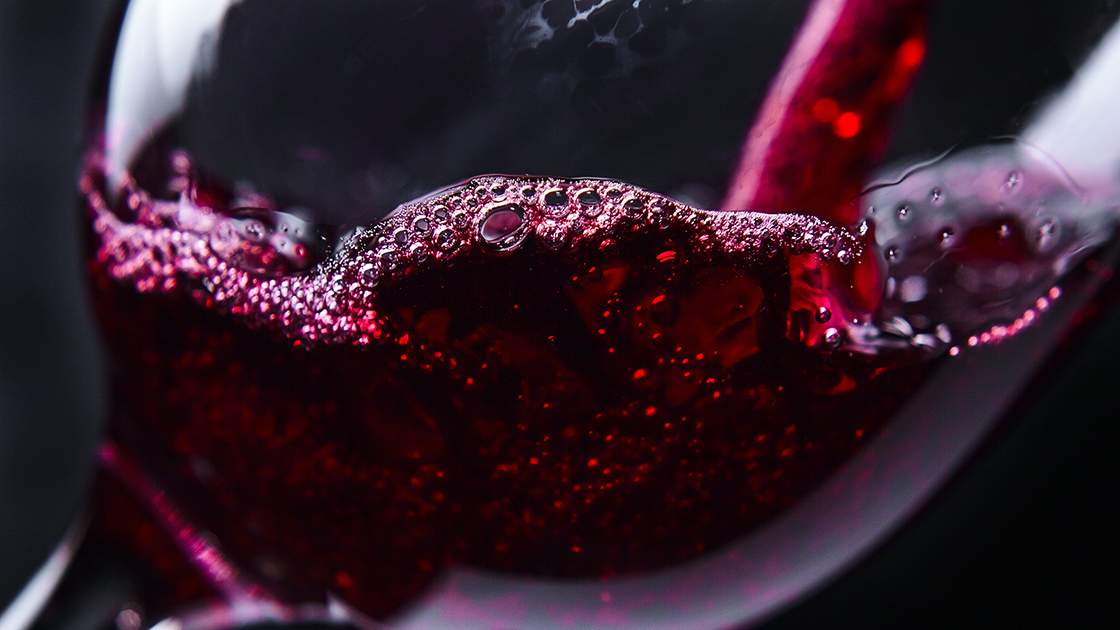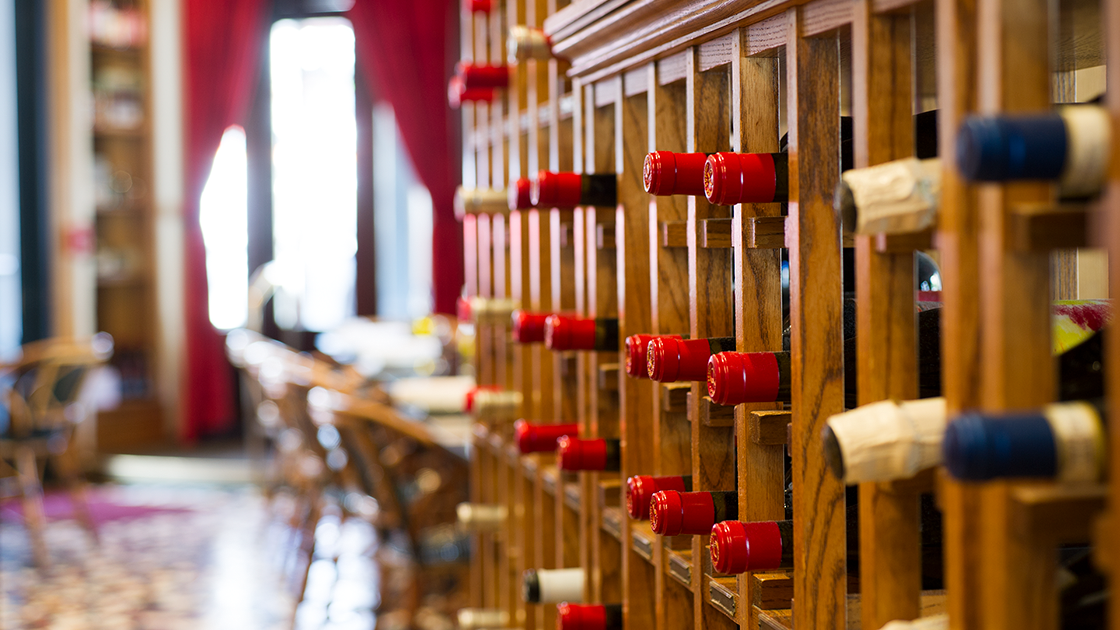Wine Faults and how to sniff them out
wine hacks
By Rachel Thralls, CS

As wine drinkers we consume a lot of flawed wine without even realizing it. It’s nothing to be ashamed of because most of us just don’t know what wine flaws are.
The good news is, the majority of wine faults are not bad for us; they just cause the wine to smell and/or taste bad.
First and foremost, the best way to know and learn about wine and flawed wines is to know how to actually taste the wine. This requires putting some thought and effort into really tasting your wine instead of just gulping it down. By doing these steps first, you will be able to learn how to properly taste wines and learn about wine faults.
Step 1: Sight
Look at your wine. Hold the glass at a slight angle. Is it light in color, indicating a lighter taste? What color is the red wine? Is it more of a purple, ruby red color indicating a young wine or turning into more of a garnet color, indicating an older wine? Is your white wine a straw or light yellow color, indicating a younger white or does it have a golden hue, indicating an older white wine?
Step 2: Swirl
Swirl the wine carefully to coat the sides of the glass. By doing this, it helps the wine release its aromas. Also, if you notice heavy drip lines, or legs of wine down the glass, known as viscosity, there is probably high alcohol content and more residual sugar in the wine.
Step 3: Smell
Put your nose into the glass and smell the wine by slowly inhaling. What do you notice? Do you smell lots of fruit? Earth? Wood? Remembering what wines smell like will help you remember similar wines later so you can drink what you like! For me, the aromas I notice while smelling a wine are the most important in remembering what wines I like.
Step 4: Taste
Take a sip. What does it taste like? Does it taste like anything you smelled? Do you like the wine? Great wines tend to have complex flavors and nice balance. Is it mouthwatering? Fresh, crisp white wines give you that mouth cleaning, acidity. If you are drinking red wine, the drying sensation is from the tannins.
So how do I know if a wine has a fault? Below are the three most common wine faults and how to sniff them out!
TCA (cork taint)
TCA is a chemical contaminant that finds its way into your bottle somewhere in production, usually by way of the cork. TCA can be present in oak barrels, or the processing lines at the winery as well, which leads to entire batches, rather than single bottles, being ruined. Cork tainted wines have a dank odor that smells almost exactly like an old basement, wet newspaper, moldy cardboard, or even a wet dog. As far as taste goes, corked wines have very little fruit and overall will have very little flavor and not taste good.
Oxidation (too much oxygen)
When a wine has been exposed to too much oxygen, it is considered an oxidized wine. Ever leave a sliced apple out on the counter for too long? It will turn brown and become very fragrant. The same thing can happen with wines, especially older ones. However, you can mistakenly do this with any younger wine as well. If you open a bottle of wine, have a glass, stick the cork back in and leave it on the counter for a week, you will have oxidized your wine. You will notice by the taste of the wine because it definitely won’t be as good as your first glass from that same bottle! It will taste more like a caramelized apple and the color will not be as vibrant. To avoid this, use a wine preservation tool such as a Repour stopper.
Heat Damage (cooked wine)
Ever wonder why when you visit a winery and purchase wine they check the weather before they ship you your bottles? Sometimes it is just too hot to ship wine! Wine that has heat damage smells jammy: sort of sweet, but processed. The smell is somewhat like a wine reduction sauce, mixed with a nutty, brown, roasted sugar-type aroma. Heat damage often compromises the seal of the bottle (the expansion from the heated air pushes the cork out) so it can be accompanied by oxidization, which is too much oxygen exposure.
Make sure and store your wine at a proper temperature, which is about 55 degrees. The most important part of storage is a consistent temperature. Be mindful of how hot your garage gets in the summer if that’s where you store your wine.
Rachel Thralls is a Certified Sommelier and is studying to be a certified Nutrition & Holistic Health Coach through the Institute for Integrative Nutrition in New York City. She is the owner of FitSomm Rachel.


